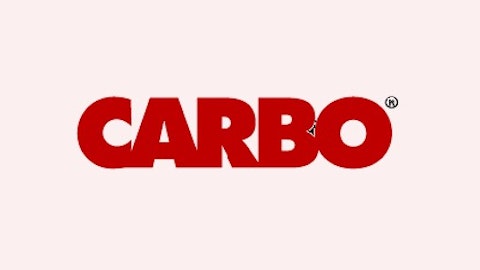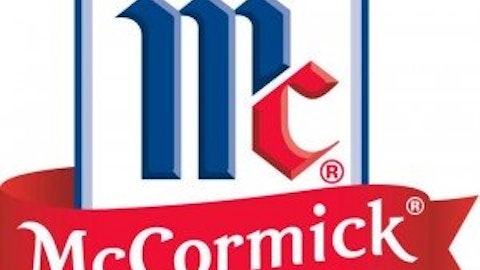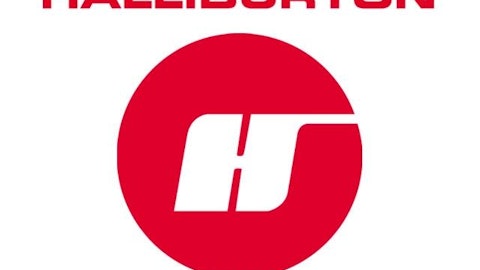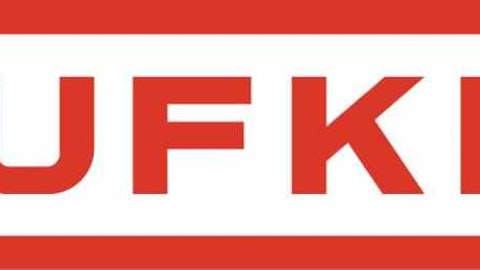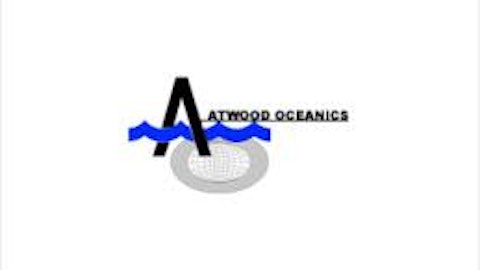New horizontal drilling and fracturing technologies have given energy companies a way to finally tap the tremendous natural gas reserves right beneath our feet. These advances are the definition of a game-changing and disruptive technology, especially for consumers and the future of U.S. manufacturing. In fact, average natural gas prices haven’t topped $5 per million BTU in over 750 days — the longest stretch since 1999. Drillers may have gone a little overboard with developing their newly accessible assets too much too soon, but natural gas prices are nearly double where they were just one year ago.
That should lead to better economics for natural gas companies and accompany increasing drilling activity. You could invest in the companies holding the natural gas or pumping the oil, but with so many to choose from it could be difficult to narrow down your decision. Investors looking to play the resurgence in American hydrocarbons may want to consider CARBO Ceramics Inc. (NYSE:CRR) — the world’s largest manufacturer of ceramic proppants — which is one of the companies enabling the energy renaissance. Here are three opportunities that await investors.
Highest quality proppants
Why would drillers pay significantly more money for ceramic proppants when cheaper alternatives, such as naturally occurring sand, are readily available? CARBO Ceramics Inc. (NYSE:CRR) maintains that its lightweight, high-quality products can increase ultimate recovery from a well by 30% and increase profitability by 20%-30%. Here is how the company defines the benefits relating to a well’s economic conductivity, or the ability to maximize profitability and production of a given well.

Source: CARBO Ceramics
It is important to note that choosing a proppant depends on geography (availability) and geology (effectiveness). Nonetheless, some wells do have a choice between the three types, which has led to a power struggle between higher-end manufacturers such as CARBO Ceramics Inc. (NYSE:CRR) and lower-end producers such as Hi-Crush Partners LP (NYSE:HCLP) and U.S. Silica Holdings Inc (NYSE:SLCA). One key advantage for CARBO is that ceramic proppants have become a popular choice for hydraulic fracturing in horizontal and vertical wells — the most popular wells in shale oil and gas basins — since they can withstand the temperatures and pressures of the deepest wells.
Sands, resin-coated sands, and intermediate strength ceramics (most Chinese proppants) can crumble into smaller particles named “fines” and actually block wells. A recent study conducted by the Society of Petroleum Engineers found that “a 5% generation of fines reduces (hydrocarbon) flow through fractures by 60%.”
Additional products
Right now, CARBO Ceramics Inc. (NYSE:CRR) is highly dependent on the continued development of shale hydrocarbons. In 2011 the company generated 92% of its total revenue from proppant sales. That entails risk, but management is keen on diversification. The company sells six ceramic proppants, one resin-coated sand, two traceable proppants (used to determine flow characteristics of wells), a portfolio of well-modeling software (growing at 46% per year), and an environmental consulting business (growing at 21% per year). Management still has its work cut out for it: non-proppant sales accounted for just $50 million of 2011 revenue.
Upward momentum throughout energy industry
By the end of this year CARBO Ceramics Inc. (NYSE:CRR) will release a new ceramic proppant optimized for use in deepwater and ultra-deepwater drilling. The product is capable of operating at pressures and temperatures of more than 30,000 feet below the ocean’s surface. Should it perform as designed, there’s no reason to believe it won’t represent a lucrative new opportunity for the company.
All one needs to do is look at the growth trajectory of Seadrill Ltd (NYSE:SDRL) — which holds the deepwater drilling industry’s fifth-largest rig fleet — to see what could be in store for CARBO. Figuring out how to improve the profitability of deepwater extraction has proved to be a significant obstacle to tapping reserves and has left many defaulting to higher oil prices as the best way to make development economical. An innovative ceramic proppant could change that frame of mind.
